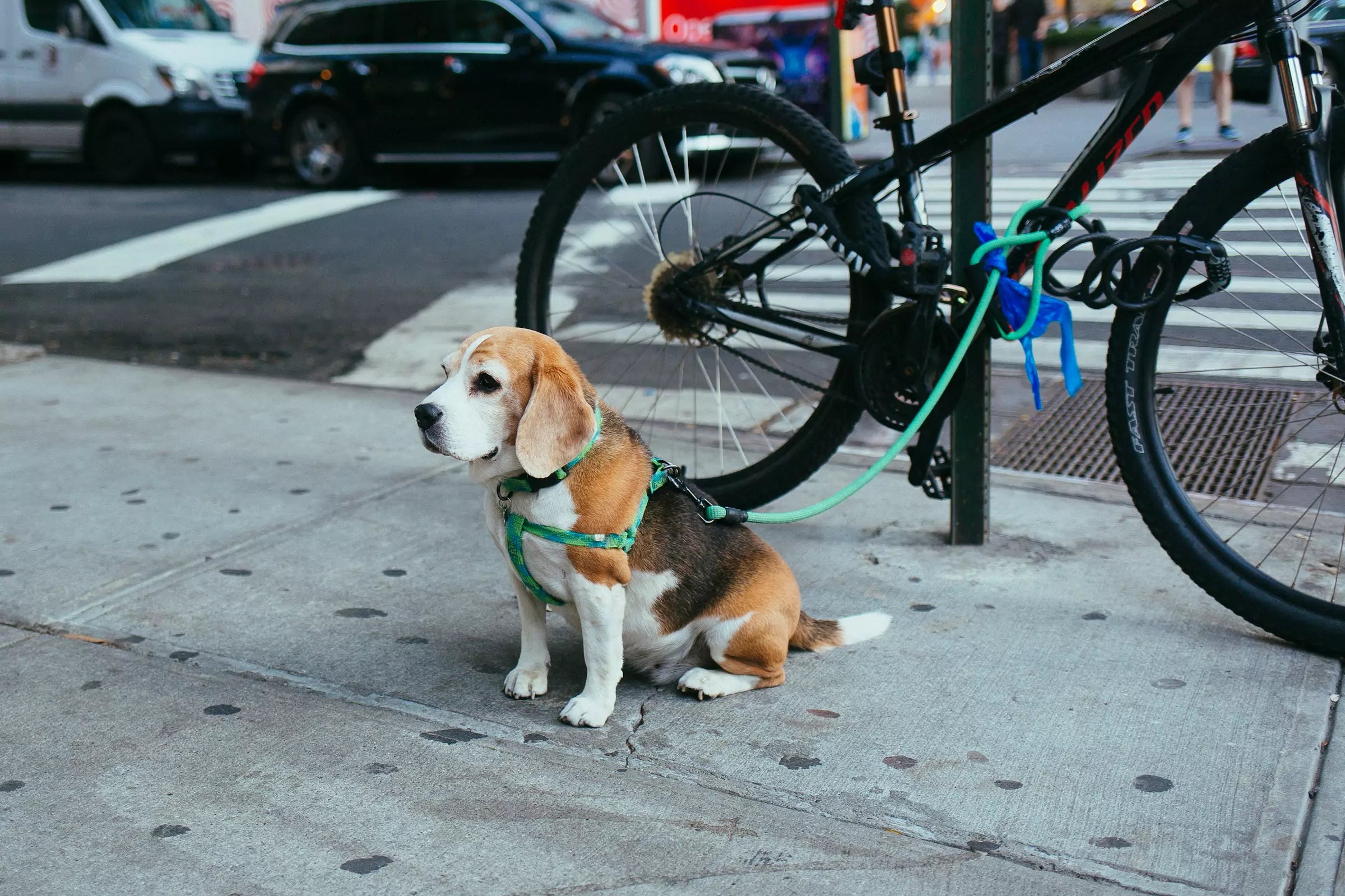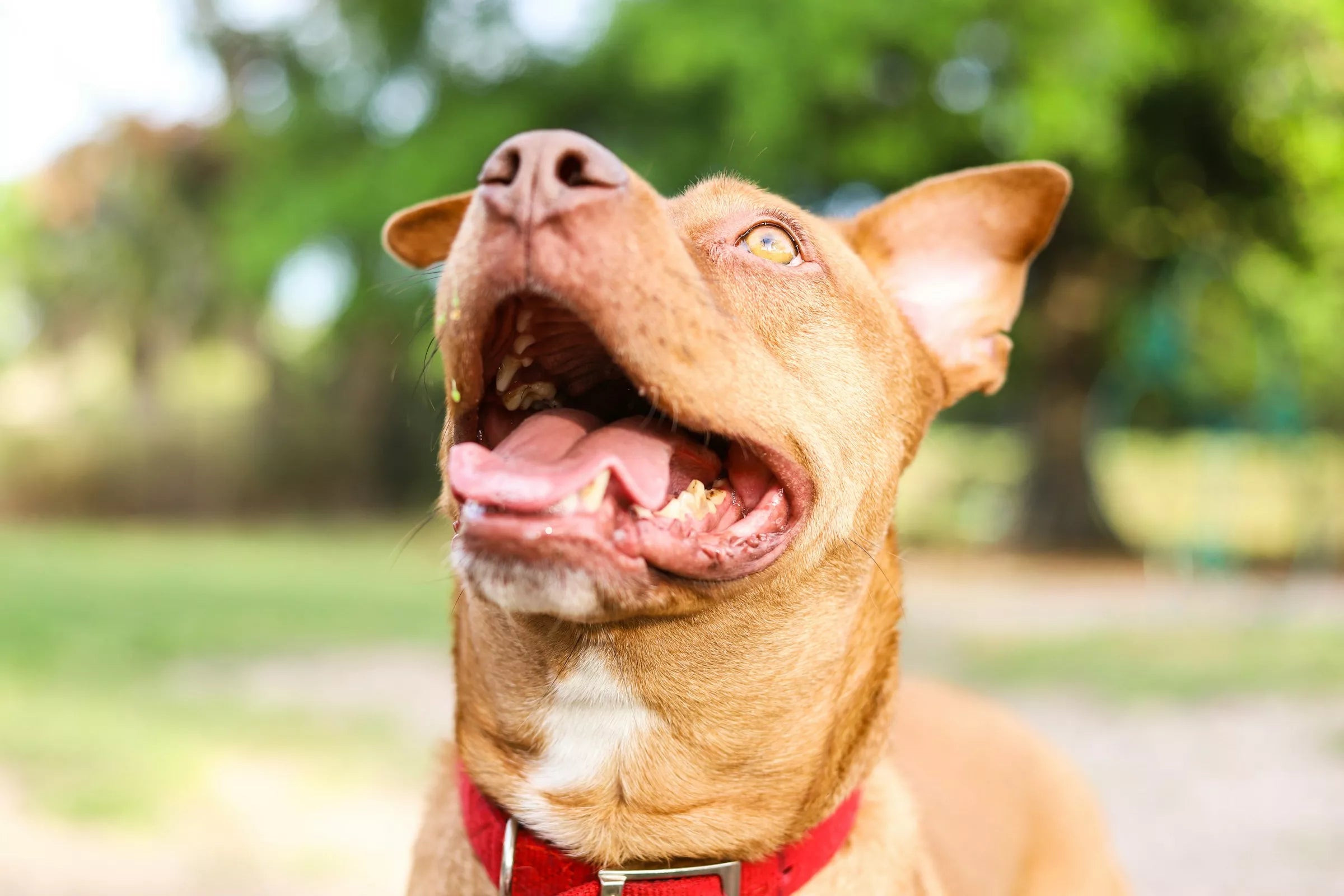As dog parents, we want to ensure our canine friends are comfortable, safe, and happy during walks and outdoor adventures. One of the common dilemmas dog parents face is deciding between harnesses and collars. Each has its own set of benefits and drawbacks, making the decision more challenging. Read on to discover a side-by-side comparison.
Harnesses: Pros and Cons
Harnesses have gained popularity among dog parents for several reasons. They distribute the pressure evenly across the dog's chest, reducing strain on the neck and throat. This is particularly beneficial for dogs prone to respiratory issues or those with delicate necks. Additionally, harnesses provide better control, especially for larger or more energetic dogs. However, some harnesses may restrict natural movement or chafe sensitive areas if not properly fitted.

Collars: Pros and Cons
Collars, on the other hand, are a classic choice for dog owners. They are simple, lightweight, and come in various styles to suit every taste. Collars are ideal for well-trained dogs that walk calmly on a leash. They also offer quick access for attaching identification tags and can be left on throughout the day. However, collars may pose a risk of injury, especially for dogs prone to pulling or jerking on the leash. They can put pressure on the neck, potentially leading to discomfort or injury.

Safety and Comfort
When it comes to safety and comfort, both harnesses and collars have their merits. Harnesses are generally considered safer for dogs, especially those prone to pulling or lunging. They prevent choking or injury to the neck and provide better control over the dog's movements. Collars, while convenient, may not be suitable for all dogs, particularly those with respiratory issues or neck injuries. It's essential to prioritize your dog's comfort and safety during walks.
Training and Control
Harnesses and collars serve different purposes when it comes to training and control. Harnesses are often recommended for dogs in training, as they offer better control and discourage pulling. They provide a more secure attachment point for the leash, allowing for gentle corrections and guidance. Collars, while useful for well-trained dogs, may not provide sufficient control for strong pullers or reactive dogs. It's important to choose the right gear based on your dog's behavior and training needs.

Considerations for Different Breeds
Not all dogs are created equal, and their gear should reflect their unique characteristics and needs. Certain breeds may benefit more from harnesses, while others may prefer the simplicity of collars. For example, brachycephalic breeds with flat faces may find harnesses more comfortable and less restrictive. Conversely, breeds with thick necks or strong pulls may require the added control of a collar. Tailor your choice of gear to suit your dog's breed and individual preferences.
Health Implications
The type of gear you choose for your dog can have a significant impact on their health and well-being. Harnesses are generally considered safer for neck and throat health, as they distribute pressure more evenly across the chest. This is particularly important for dogs prone to tracheal collapse or other respiratory issues. Collars, while convenient, can put strain on the neck and may exacerbate existing health conditions. It's essential to consider your dog's health when selecting gear for walks and outdoor activities.
Lifestyle and Activities
Your dog's lifestyle and the activities you engage in together should also influence your choice of gear. If you enjoy hiking or jogging with your furry friend, a harness may provide better stability and control over rough terrain. On the other hand, if you have a small, well-behaved dog who enjoys leisurely strolls around the neighborhood, a collar may suffice. Consider the types of activities you participate in and choose gear that enhances both your and your dog's experience.

Size and Fit
Regardless of whether you opt for a harness or a collar, proper sizing and fit are paramount. Ill-fitting gear can cause discomfort, chafing, or even injury to your dog. Look for adjustable harnesses and collars that can be customized to fit your dog's unique measurements. Ensure that the gear is snug but not too tight, allowing for comfortable movement and breathing. Regularly check and adjust the fit as your dog grows or changes shape.
Fashion and Style
Who says practicality can't be fashionable? Nowadays, harnesses and collars come in a wide array of colors, patterns, and designs to suit every taste and personality. Whether you prefer a classic leather collar or a vibrant, patterned harness, there's something for every fashion-forward pup. Express your dog's personality with stylish gear that not only looks good but also keeps them safe and comfortable during walks.
Environmental Factors
Consider the environmental factors you may encounter during your outdoor adventures. If you live in a rainy climate or frequently walk near bodies of water, opt for gear that is water-resistant or quick-drying. For hot summer days, choose breathable materials that keep your dog cool and comfortable. Likewise, if you enjoy hiking in rugged terrain, look for durable gear that can withstand rough conditions. Tailor your choice of gear to the environment you'll be exploring together.
Budget and Accessibility
While quality gear is essential for your dog's safety and comfort, it doesn't have to break the bank. Compare prices and read reviews to find affordable options that meet your needs. Keep in mind that higher price tags don't always equate to better quality. Look for reputable brands that prioritize safety and durability, and consider factors such as warranty coverage and customer service. Additionally, ensure that the gear you choose is readily available and accessible in your area.
Personal Preferences
Ultimately, the decision between harnesses and collars boils down to personal preference and what works best for you and your dog. Consider factors such as your dog's behavior, health, and comfort level, as well as your own lifestyle and preferences. Experiment with different types of gear to see what your dog responds to best, and don't be afraid to switch things up if necessary. The most important thing is to choose gear that enhances your bond with your furry companion and makes every walk an enjoyable experience for both of you.
Conclusion
When it comes to harnesses vs collars, there's no one-size-fits-all answer. Both have their own set of benefits and drawbacks, and the best choice depends on your dog's individual needs and your personal preferences. Whether you opt for the added control of a harness or the simplicity of a collar, prioritize your dog's safety, comfort, and well-being above all else. With the right gear, every walk can be a joyous adventure for you and your beloved canine companion.
FAQs
-
Can I use both a harness and a collar for my dog?
Yes, some dog parents choose to use both a harness and a collar for added control and safety during walks. Just ensure that both are properly fitted and comfortable for your dog. -
My dog pulls on the leash. Which option is better for controlling pulling behavior?
Harnesses are generally recommended for dogs that pull on the leash, as they provide better control and reduce strain on the neck and throat. -
Are there any special considerations for puppies when choosing between harnesses and collars?
Puppies have delicate necks and may benefit from the added safety of a harness. Look for adjustable harnesses that can grow with your puppy. -
Can harnesses be used for small breeds, or are they only suitable for larger dogs?
Harnesses come in a variety of sizes and styles, including options specifically designed for small breeds. Look for lightweight, adjustable harnesses that fit snugly without restricting movement. -
How often should I replace my dog's harness or collar?
It's a good idea to regularly inspect your dog's gear for signs of wear and tear and replace it as needed. If the harness or collar becomes frayed, damaged, or no longer fits properly, it's time for a replacement.















Share:
Creative & Budget-Friendly Ideas for Playtime
Building a Strong Foundation with Your Dog